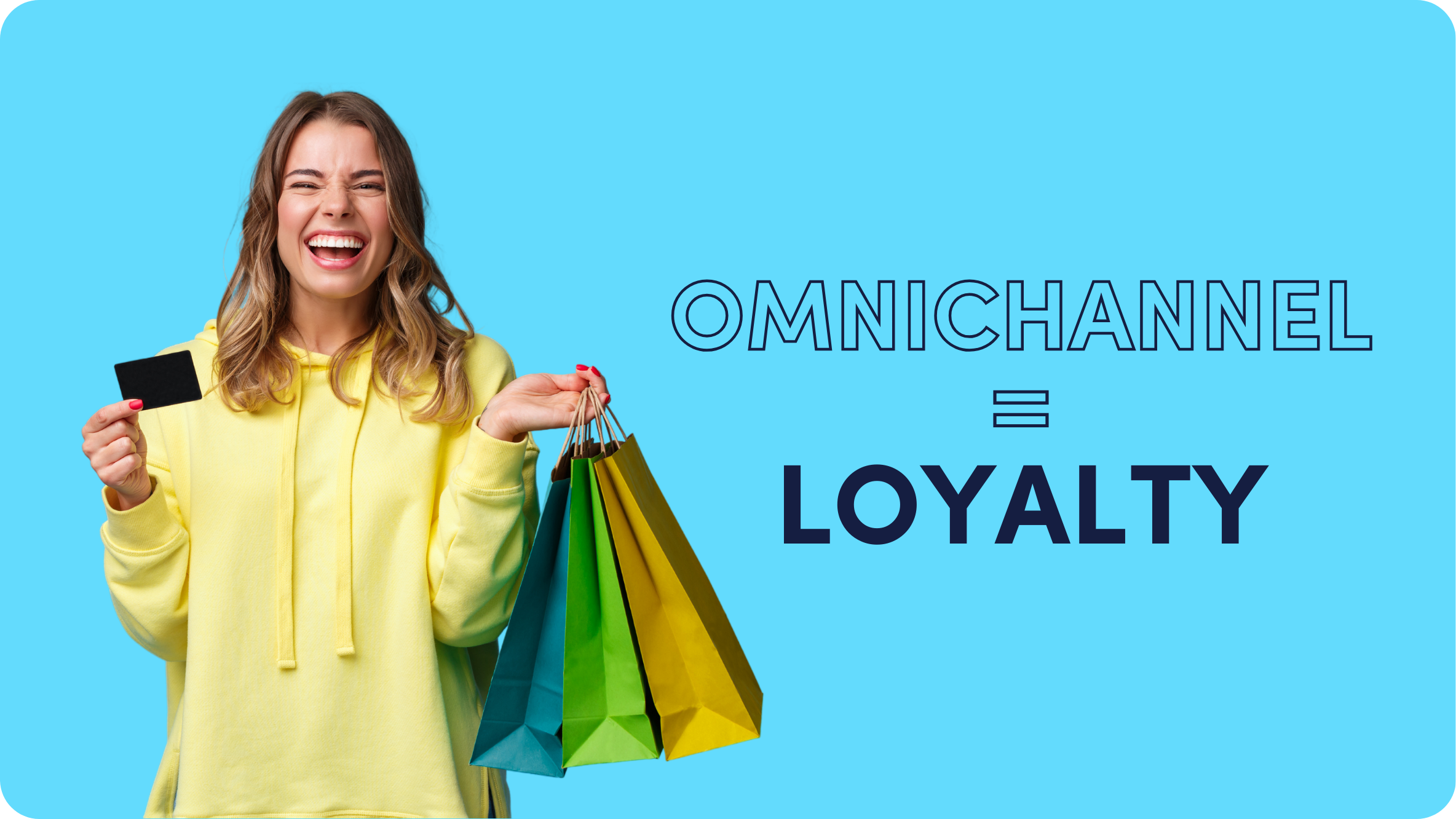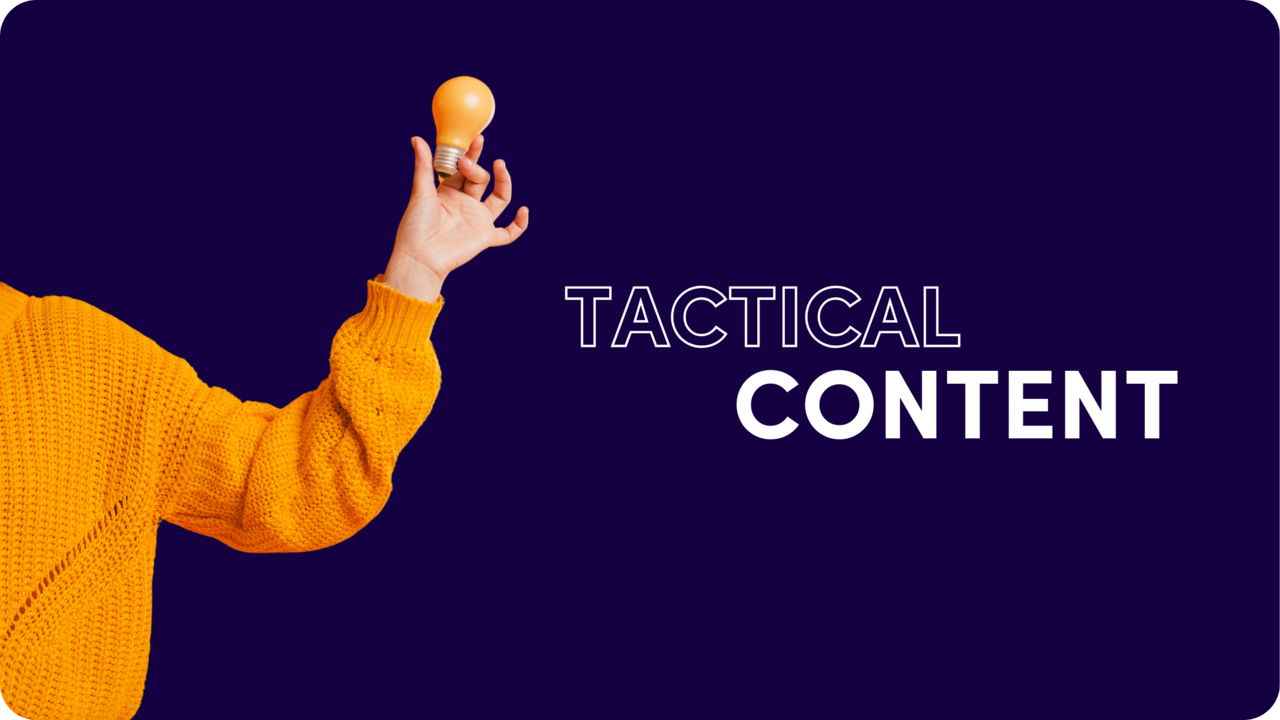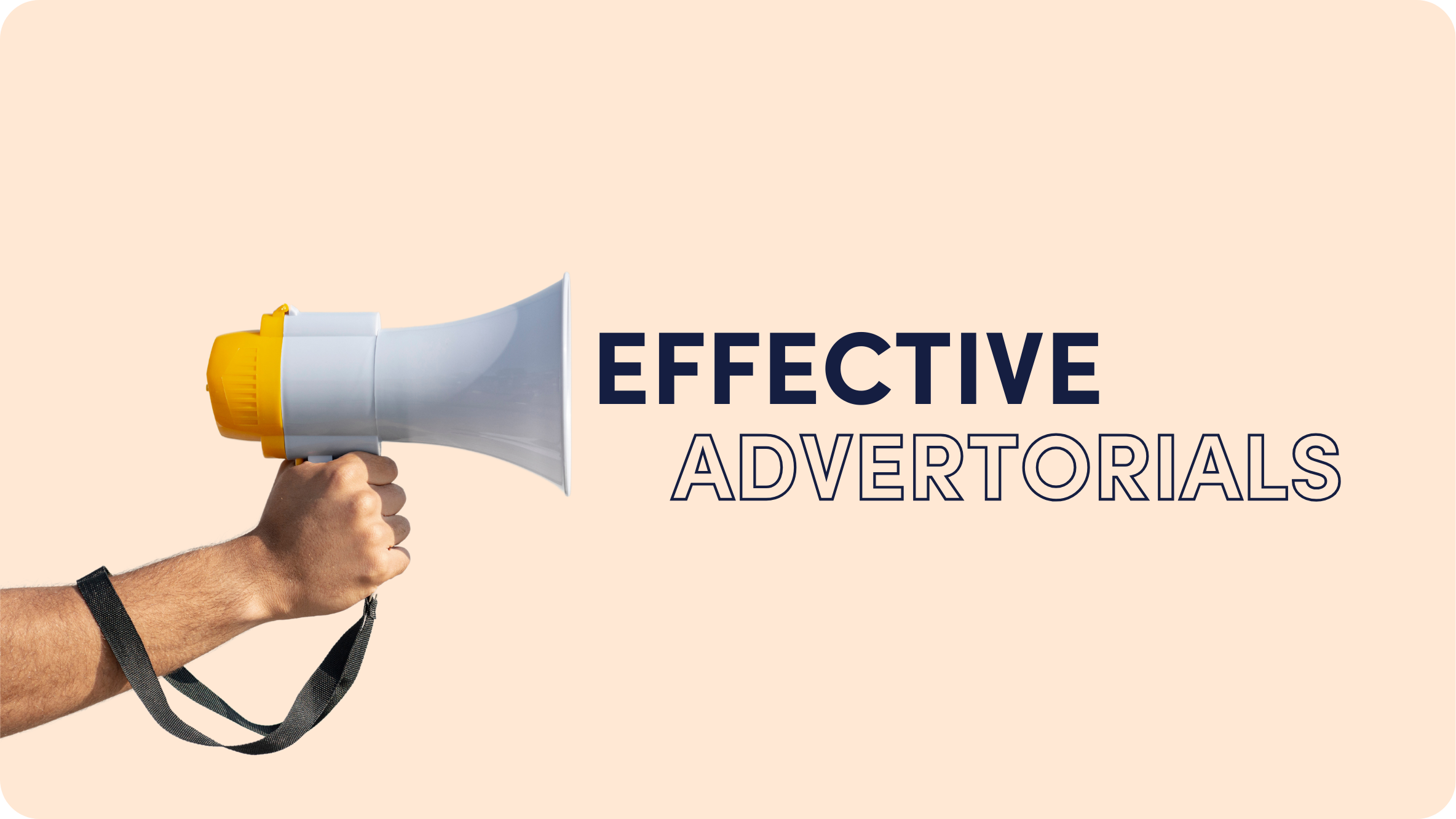9 Evergreen Content Themes that Work

You’ve heard it before:
“The key to great content marketing is constantly creating and testing new types of content.”
But often an amazing piece of content that your regular audience goes gah-gah for, might not be the best piece of content to use for promotion on content discovery platforms like Outbrain.
Say what?
Look.
All great content is not ideal for promotion and brand awareness. That doesn’t make it bad. It doesn’t make it wrong. That’s just the way it is.
Often the type of content that keeps people sticking around might not be the same type of content that initially hooks them in.
So, what kind of content hooks people in?
There’s no simple answer.
However, the best way to find what types of content to promote is to look at what other successful native advertisers are doing.
But, keeping an eye on various content trends can be time-consuming, so I’ve got a bit of a cheat sheet for you to use as inspiration.
As the Content Marketing Manager at Adbeat (a competitive intelligence platform for Display advertisers) part of my job is to know what styles of Native ads and content advertisers are successfully using. And after analyzing hundreds of pieces of content across various networks, I’ve pinpointed 9 specific content themes that just plain work.
These are themes that some of the biggest publishers, brands and advertisers use to drive millions of dollars worth of traffic to their content, boost their audience, and increase their bottom line.
The best part — many of these themes are 100% evergreen. This means you can leverage them in articles for weeks, months or maybe even years at a time to bring in new readers.
Sound good?
Without further ado…
- Information Content Themes: Education
- Pleasure to Your Eyes: Interesting Visual Media
- Simple and Effective: How To/Tips and Tricks
- Engage Them: Quizzes and Surveys
- The Online Review: Product Recommendations
- Go Back in Time: Nostalgia
- Money, Money, Money
- Make Them Wonder: Curiosity + Intrigue.
- TV, Film and Radio Personalities
1. Information Content Themes: Education
The informational content aims to educate the reader about a new or unheard of concept relative to their lives.
This could be about the future of innovation in technology, business and city infrastructure:
|
|
These longer, more dense paid editorial articles are an amazing way for big brands to build awareness and get new ideas and internal developments out in public.
Another great example is this article about the potential dangers of artificial sweeteners:
|
|
Notice that this article touches on a topic that does not permeate the news or current culture.
You might still achieve decent results with a similar article titled “Is Sugar Safe?”, but most people already know that sugar is considered to be unhealthy.
However, most people do not know that a “harmless” Diet Coke might not be so harmless after all. This is a piece of information that pretty much anyone who drinks diet soda or dumps packets of Splenda in their coffee would be interested in.
The type of content that challenges common ideas is the type of content that gets attention.
Another excellent example is this “tool” from Prudential Insurance that shows people how much it will cost to live in their dream retirement location:
|
|
Interactive content, or information presented in a visual format (like an infographic), is an amazing way to not just get people clicking on your paid content, but get people sharing your paid content.
Now, all of this begs the question:
How do you find the right topic for this type of content?
A lot of it comes down to just doing basic research:
- Keyword research will help you discover the organic searches leading readers to your site.
- Read recent news stories and blog posts about a specific concept related to your product or service. BuzzSumo.com offers a great tool for uncovering this info.
- Use topics in popular culture to ideate your content.
Some additional tools you can use to discover conversations taking place online:
- Google Trends
- Trends by Twitter
- Google Correlate
2. Pleasure to Your Eyes: Interesting Visual Media
There’s nothing like a few funny cat pictures to brighten your day.
People love visual media and they especially love visual media that makes them laugh.
Large slideshows with colorful and interesting pictures is like an orgasm to our brain.
You can promote funny content even if your business is “serious.” Providing value can be as simple as giving readers a way to escape the pressures of everyday life. Light, fun articles and slideshows are a great way to do this.
There is a reason why more and more viral sites like Buzzfeed continue to see success: people love it and (contrary to popular belief) get value out of it.
One example is this slideshow of beautiful pictures at a well-known event:
|
|
And these funny work cartoons that bring a bit of humor to the daily grind:
|
|
This stuff works not because it’s mindless fluff.
It works because we like people who make us smile and bring pleasure to our day…
…and we’ll often trust and give money to these people, too!
3. Simple and Effective: How To/Tips and Tricks
According to Google, more than 100M hours of how-to content have been watched in North America so far this year.
Therefore, some of the most effective pieces of sponsored content give step-by-step instructions or tips and tricks. People want to know they can improve their lives!
Take this article on how to read faster and retain more information from what you read:
|
|
Or even how to remove those pesky mineral stains from your toilet:
|
|
How to articles might be the easiest pieces of content to crank out. You just put together an article based on something you already know.
It doesn’t need to be anything complex.
For example, if you sell auto parts, you can simply write an article or record a video on how to fix a flat tire or remove nasty odors from your car.
Simple, easy and effective.
4. Engage Them: Quizzes and Surveys
- Which Spice Girl are you?
- Which Justin Bieber song describes your personality?
- What type of selfie are you?
- Which “Game of Thrones” character are you?
- Which celebrity should you spend Valentine’s Day with?
Anyone on Facebook has probably seen your friends sharing their quiz results in their news feed. Viral quiz sites have blown up over the past couple of years.
Don’t worry if personality or celebrity related quizzes aren’t relevant to your business.
Many advertisers are seeing amazing results with quizzes that provide real value beyond just entertainment.
For example, this quiz that tells you what type of motorcycle is right for you based on your riding style and level of experience:
|
|
Or this AARP (formerly the American Association of Retired Persons) quiz that tests your knowledge about dementia:
|
|
You can think of this quiz as a public service announcement that teaches people the difference between everyday forgetfulness and dementia.
Surveys and quizzes are another great form of interactive content. People are less likely to bounce when you give them something to do. This makes each dollar you spend on Native advertising that much more profitable.
5. The Online Review: Product Recommendations
Another trusty tool is the online review, which Moz revealed has a huge (67%) influence over consumer decisions.
Just like when a friend recommends a service, movie or new genre of music, these can be pretty effective at providing authentic information–even if from a stranger on the internet.
*Sidenote – not all online reviews are created equally*
Many of the new FinTech companies like Wealthfront.com (investments based on computer algorithms) and FundRise.com (investment crowdfunding platform) use product reviews/recommendations from trusted third party sources to promote their brand.
Here’s one example for FundRise featured on Business Insider:
|
|
Or the “never look tired again” concealer recommended by Refinery29:
|
|
Analysis paralysis is a real problem. There are just too many product choices. Your target audience will appreciate a good recommendation. Go on and give it to them.
6. Go Back in Time: Nostalgia
We’ve all been there.
A bad day at work… a break-up with the love of our life… that project due tomorrow that we haven’t even started yet (and it’s 1AM).
During turbulent times in our professional or personal lives, we yearn to be teleported back to the days when life was simple. We think back to biking around the neighborhood with our best friends, playing our favorite video games and having someone else worry about our problems.
Those feelings of complete comfort and zero responsibility are intoxicating.
That’s why nostalgia is such a powerful emotion. It causes people to turn inward, and start to actually feel those comfort and happiness. You can tap into this amazing emotion by reminding people of their youth.
Especially when it comes down to classic TV shows, our favorite childhood toys, and the sports teams we grew up watching.
Anyone who was a basketball fan in the 90’s remembers the Chicago Bulls.
Where are your favorite Bulls players now?
|
|
Or those old school racing games you played as a kid growing up in the 90s:
|
|
7. Money, Money, Money
Everyone has, at least, some stress about money.
For some of us, it’s on our minds all the time.
62% of Americans report losing sleep over money problems.
Not to mention that our society celebrates the rich and famous. We look at these folks in equal shock (“they spent $50,000 on WHAT?”) and awe (“Man, I’d love to get paid $20M to swing a golf club!”).
So it’s no wonder that articles about money and net worth are some of the most commonly seen pieces of sponsored content.
From the world’s highest paid athletes on Forbes.com…
|
|
To everyone’s dream of kicking back on the beach and making millions by trading on the stock market:
|
|
Oh, money.
It’s a love/hate relationship.
But people certainly love to click and read about it.
8. Make Them Wonder: Curiosity + Intrigue.
A lot of curiosity based content gets a bad rap because it’s just clickbait.
Now, clickbait headlines have become somewhat of joke inside marketing offices, but clickbait is a real issue. People are sick and tired of it, and Facebook started cracking down on clickbait articles, even changing their algorithm so this content would be shown less in the Newsfeed.
However, if you’re careful and actually include payoff you promise in the headline in the content of the article, you’ll be golden.
Most curiosity content is based around strange, bizarre or just plain freaky content that people aren’t used to seeing everyday. People love that type of content because a) it’s interesting, and b) it gives them something to talk about!
It could be hybrid animal breeds you never knew existed (yes, these are real):
|
|
Or strange places:
|
|
Or even something that gives you the heeby jeebies:
|
|
Sometimes we forget that the world is a strange place.
And strange = interesting.
Point out the all the weird stuff going on in our world and you’ll soon find yourself with more eyeballs on your content.
But remember: make sure to stay far, far away from posting anything that resembles clickbait.
9. TV, Film and Radio Personalities
It’s funny. Few people will admit to reading Hollywood news.
Yet, the supermarket is filled to the brim with celebrity tabloids, there’s no lack of shows like Entertainment Tonight or Extra and some of the most popular Native articles are related to Hollywood celebrities.
Psychologists believe there a biological and hierarchical reason why people are so concerned with the personal lives of celebrities.
Historically, humans lived in smaller groups. It was important to know what high-status folks (think of them as “stone age celebrities”) in your group were doing. Why? Because their decisions probably impacted your life.
Now we’re in the 21st century and knowing who Ashton Kutcher (someone considered high-status) is dating has zero impact on your life.
Yet, our brains are still programmed to find it relevant.
The key (in this author’s opinion) is to make the content as tasteful as possible.
There are too many articles out there about celebrity weight gain, “you-won’t-believe-what-she-wore-at-the-Oscars,” and other negative celebrity gossips.
You want to give people what they want without being degrading to their human experience.
Here’s one great example of an interesting celebrity related article that maintains a positive spin: article on actors who were also great athletes.
|
|
Or celebrities that you might not have known played college football:
|
|
Don’t think celebrities are relevant to your market?
Your readers might not be interested in Kim Kardashian’s fashion faux pas, but they might be interested in hearing what Gordon Ramsey’s latest dish is if you run a recipe site.
The key to avoiding any backlash from readers is to keep it clean, positive and tasteful.
Conclusion
It might seem like some of these themes won’t apply to every business.
Trust me that they do.
Almost any business can use any of these 9 themes in their content amplification strategy.
Sometimes you’ll have to be a bit more creative. Sometimes you’ll have to think outside of the box. Maybe you’ll contemplate using a theme you don’t really feel comfortable with.
But is it worth the risk?
I’d say yes.
What kind of content have you tried amplifying? Let me know in the comments below!































